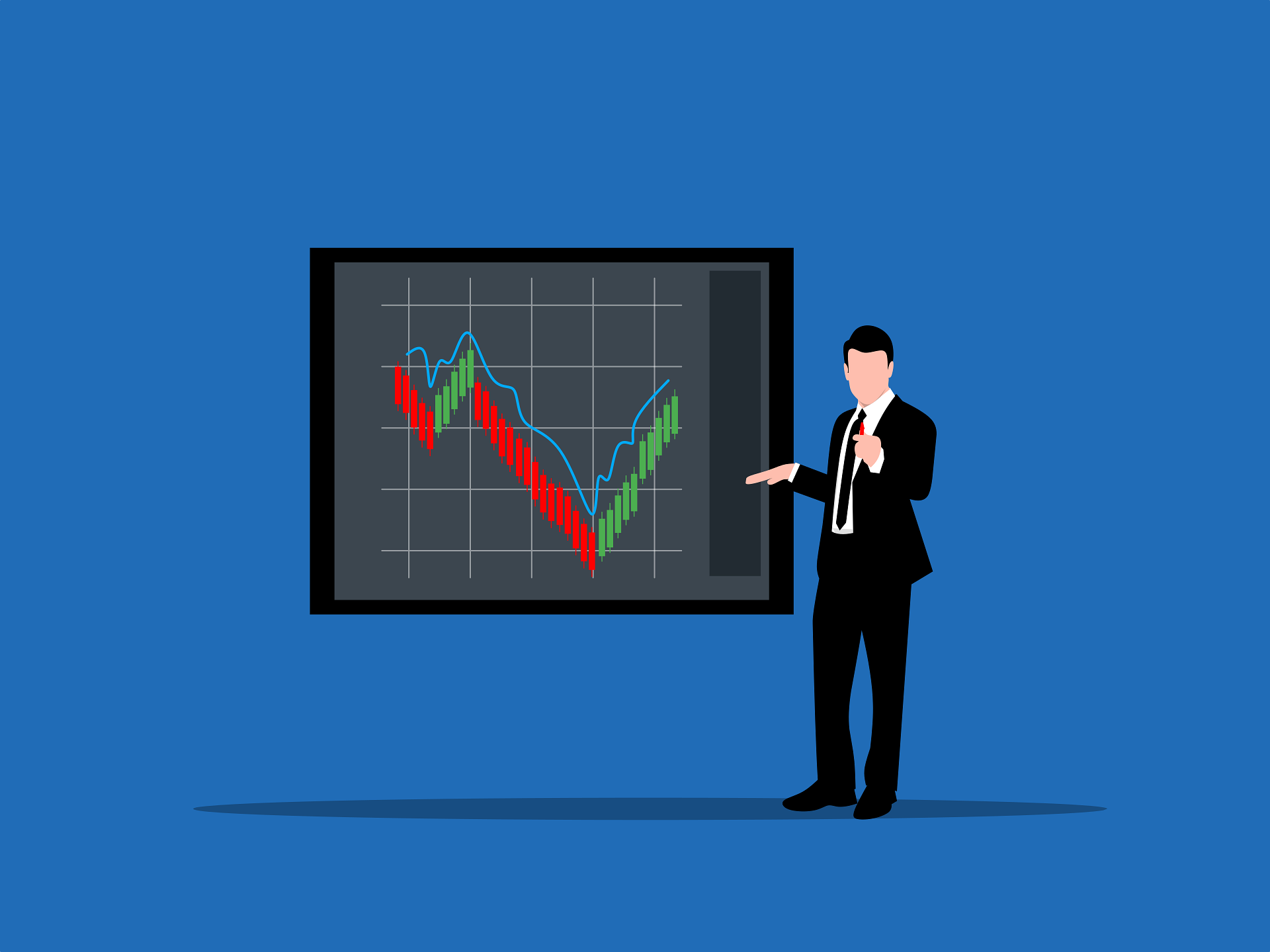Throughout history, gold has held a unique and captivating position in the world of finance. Often referred to as a “safe haven” asset, gold has served as a store of value and a hedge against inflation during times of economic turmoil. This article investigates the enduring role of gold in forex trading, exploring how it is used by investors to diversify their portfolios, mitigate risk, and potentially benefit from market fluctuations. By understanding the historical significance and ongoing relevance of gold in the context of foreign exchange, we gain a deeper appreciation for its intricate relationship with the global financial system.
What is Gold?
Gold, a precious metal revered for its rarity and beauty, holds a rich historical significance dating back centuries. Across civilizations, from ancient Egyptians to modern-day societies, gold has been prized as a symbol of wealth and power. Its unique properties, including malleability, durability, and resistance to corrosion, make it ideal for various applications, including jewelry, coinage, and investment.
Furthermore, gold’s scarcity in nature adds to its allure, with limited reserves available for extraction. This scarcity contributes to its intrinsic value and enduring appeal as a store of wealth. Whether fashioned into intricate jewelry or held in bullion form as an investment, gold continues to captivate individuals and economies worldwide.
Gold in Forex Trading
Gold plays a crucial role in forex trading, offering traders various opportunities for diversification and hedging. Here’s a breakdown of how gold impacts the forex market:
- Safe-Haven Asset:
- During times of economic uncertainty or geopolitical instability, investors flock to gold as a safe-haven asset.
- Gold tends to retain its value or even appreciate when other assets, such as stocks or currencies, experience volatility or depreciation.
- Inflation Hedge:
- Gold is often seen as a hedge against inflation.
- As central banks increase the money supply, the value of fiat currencies may decline, leading investors to allocate their funds into gold to preserve purchasing power.
- Diversification Tool:
- Including gold in a diversified investment portfolio can help mitigate risk.
- Gold’s low correlation with other asset classes, such as stocks and bonds, means it can act as a buffer during market downturns.
In forex trading, gold is traded as a currency pair against major currencies like the US dollar (XAU/USD). Traders analyze gold prices alongside economic indicators, geopolitical events, and central bank policies to make informed trading decisions. The liquidity and volatility of the gold market provide ample trading opportunities for both short-term speculators and long-term investors alike.
Factors Influencing Gold Prices in Forex Trading
Several factors influence gold prices in forex trading, shaping the dynamics of the market and impacting trading strategies. Here’s an overview of the key factors:
- Economic Data and Indicators:
- Economic indicators, such as GDP growth, unemployment rates, and inflation data, affect investor sentiment towards gold.
- Positive economic data may strengthen the value of fiat currencies, leading to a decrease in demand for gold, while negative data may have the opposite effect.
- Geopolitical Tensions:
- Geopolitical instability, including conflicts, trade disputes, and political unrest, can significantly impact gold prices.
- Investors often flock to gold during periods of uncertainty, viewing it as a safe-haven asset that can preserve wealth in times of geopolitical turmoil.
- Central Bank Policies:
- Monetary policies implemented by central banks, such as interest rate decisions and quantitative easing measures, influence gold prices.
- Lower interest rates and expansionary monetary policies tend to devalue fiat currencies, driving up demand for gold as a hedge against currency depreciation.
- Currency Strength:
- The strength or weakness of major currencies, particularly the US dollar, has a direct correlation with gold prices.
- A weaker dollar typically leads to higher gold prices, as it makes gold more affordable for investors holding other currencies.
- Market Sentiment and Speculation:
- Market sentiment and speculative trading activity can cause fluctuations in gold prices, independent of fundamental factors.
- Traders often react to news headlines, rumors, and technical analysis indicators, influencing short-term price movements.
Understanding these factors and their interplay is essential for forex traders to make informed decisions and navigate the complexities of the gold market effectively.
Gold Trading Strategies
Gold trading strategies encompass various approaches that traders employ to capitalize on price movements in the gold market. Here are two primary strategies:
Long-term Investment:
- Buy and Hold: Investors purchase gold with the intention of holding it for an extended period, often during times of economic uncertainty or inflationary pressures.
- Portfolio Diversification: Including gold in a long-term investment portfolio can help mitigate risk and preserve wealth over time.
- Cost Averaging: Investors accumulate gold over time by purchasing fixed amounts at regular intervals, regardless of price fluctuations.
Short-term Trading:
- Day Trading: Traders execute multiple buy and sell orders within a single trading day, capitalizing on short-term price movements.
- Swing Trading: Traders hold positions for several days or weeks, aiming to profit from medium-term price trends.
- Technical Analysis: Traders analyze price charts and technical indicators to identify entry and exit points based on historical price patterns and market sentiment.
In addition to these strategies, risk management techniques play a crucial role in gold trading. Traders often employ stop-loss orders to limit potential losses and take-profit orders to secure profits. Proper position sizing and portfolio diversification are essential to manage risk effectively. Moreover, staying informed about market developments, geopolitical events, and economic data releases is critical for making informed trading decisions in the dynamic gold market. By combining sound trading strategies with disciplined risk management practices, traders can navigate the complexities of gold trading with confidence and maximize their chances of success.
Risks Associated with Gold Trading in Forex
| Risks | Description | Mitigation |
| Price Volatility | Gold prices can experience rapid and significant fluctuations, exposing traders to potential losses. | Utilize stop-loss orders to limit losses and employ risk management techniques. |
| Liquidity Risks | In times of market stress or low trading volumes, liquidity in the gold market may dry up, leading to wider spreads and difficulties in executing trades. | Monitor market liquidity conditions and adjust trading strategies accordingly. |
| Geopolitical Risks | Geopolitical events, such as conflicts or trade disputes, can impact gold prices unpredictably, causing sharp price swings. | Stay informed about global geopolitical developments and their potential effects on the gold market. |
Risks associated with gold trading in forex are inherent and require careful consideration by traders. Here’s a list of the primary risks:
- Price Volatility: Gold prices can experience rapid and significant fluctuations, exposing traders to potential losses.
- Liquidity Risks: In times of market stress or low trading volumes, liquidity in the gold market may dry up, leading to wider spreads and difficulties in executing trades.
- Geopolitical Risks: Geopolitical events, such as conflicts or trade disputes, can impact gold prices unpredictably, causing sharp price swings.
Understanding and managing these risks are essential for traders to navigate the gold market successfully and protect their capital from adverse movements.

